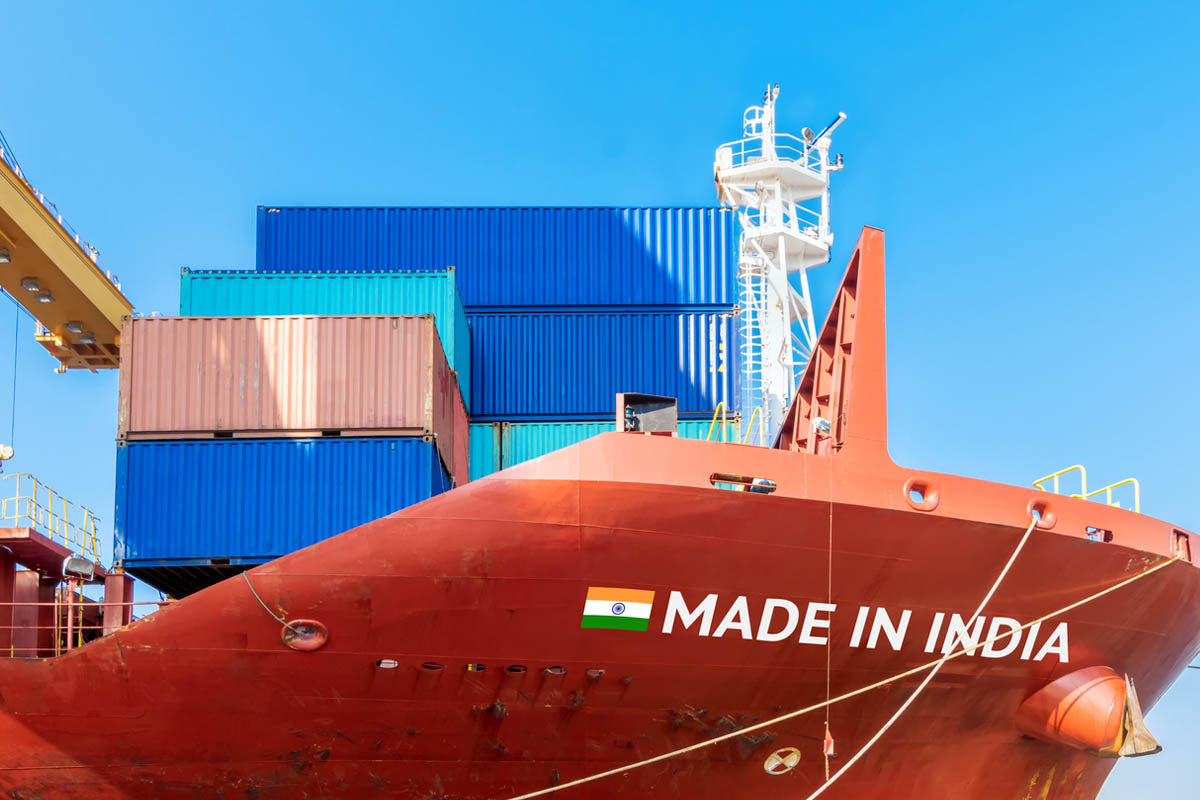The defence secretary, Dr. Ajay Kumar, today while commissioning two of the Indian Coast Guard’s (ICG) fast patrol vessels (FPVs), Annie Besant and Amrit Kaurmanufactured by Garden Reach Shipbuilders and Engineers (GRSE), said that “India is looking at a 250 billion dollars maritime economy by 2024.”
The commissioning of the ships was conducted at the GRSE where the defence secretary, Dr Kumar, said, “With a target of becoming a five trillion dollar economy by 2024, we are looking at over 250 billion dollars coming from the maritime zone. The responsibility of the Indian Coast Guard is to protect this billion dollar economy. The maritime economy constitutes nearly five per cent of the world economy. The focus for economic activities is on the oceans since land resources are depleting.”
He added that the challenges of maritime security is no less than of land territories and air space and mentioned that the “ICG has been further strengthened by providing legal powers for visiting, boarding, searching and seizing vessels in the country’s waters. Incidents like the 26/11 Mumbai terror attack have led all maritime security agencies to making greater use of technology in the interest of the country,” he said.
The ICG director general, K Natarajan, said “coastal surveillance has substantially increased since 26/11. We now have 145 ships, which will increase to 200 vessels by 2025 while 16 new advanced light helicopters (ALH) will be added to the existing fleet. There are 62 surveillance aircraft that are already in service. A total of 30 to 40 ships and 10 to 12 aircraft are deployed every day.”
Meanwhile, both the FPVs- Annie Besantand Amrit Kaur, are 48.9 metres long and 7.5 metres wide with a displacement of 308 tons. The ships are capable of achieving a maximum speed of 34 knots. These FPVs can undertake multi-faceted tasks such as surveillance, interdiction, search and rescue and medical evacuation.
They are fitted with state-of-the-art technology, navigation and communication equipment, sensors, machinery and are equipped with Bofors 40/60 gun and 12.7mm stabilised remote controlled gun. India’s exclusive economic zone in the seas along its 7,500-kilometre coastline comprises over 2 million square kilometres, Mr Natarajan said.











